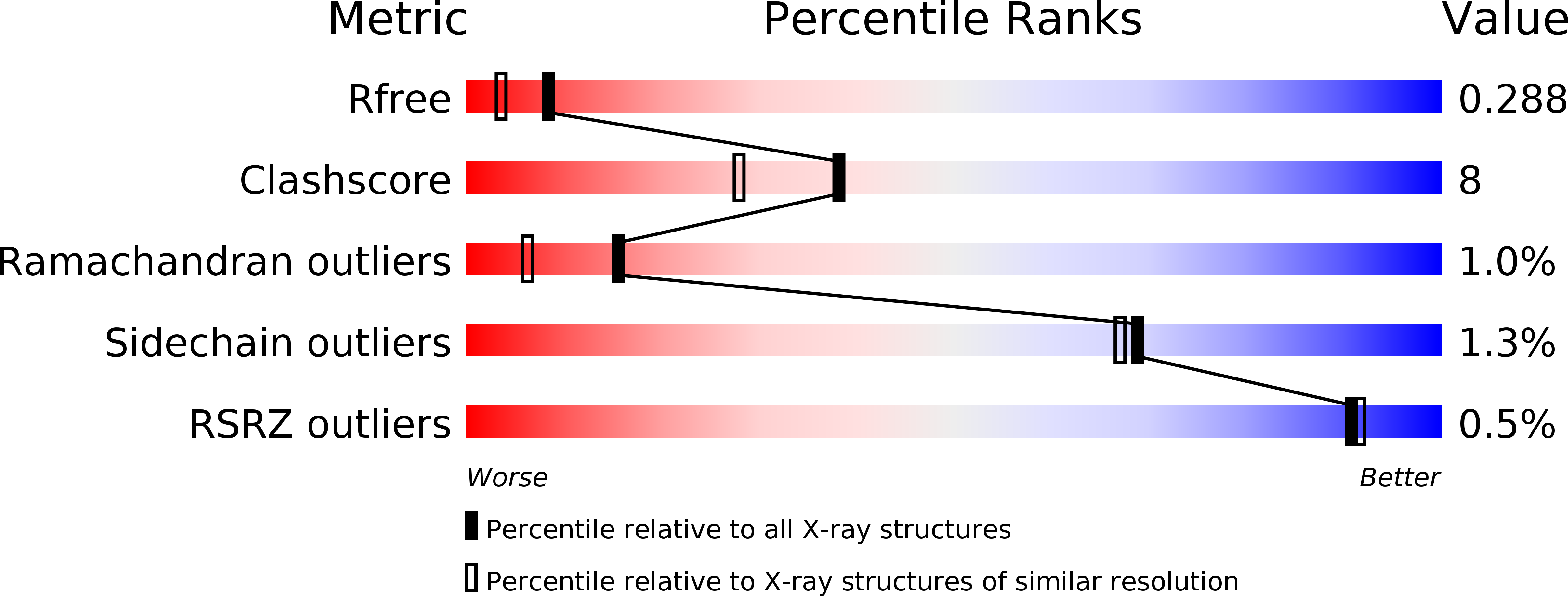
Deposition Date
2014-06-11
Release Date
2015-01-14
Last Version Date
2023-12-27
Entry Detail
PDB ID:
4TQS
Keywords:
Title:
Ternary complex of Y-family DNA polymerase Dpo4 with (5'S)-8,5'-Cyclo-2'-deoxyguanosine and dCTP
Biological Source:
Source Organism:
Sulfolobus solfataricus (Taxon ID: 273057)
synthetic construct (Taxon ID: 32630)
synthetic construct (Taxon ID: 32630)
Host Organism:
Method Details:
Experimental Method:
Resolution:
2.06 Å
R-Value Free:
0.28
R-Value Work:
0.22
R-Value Observed:
0.23
Space Group:
P 1 21 1


